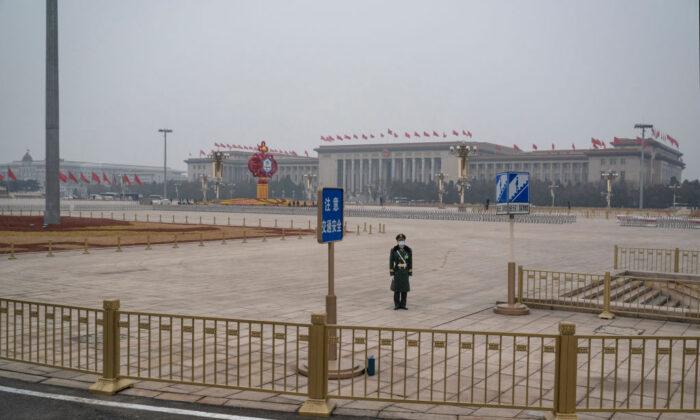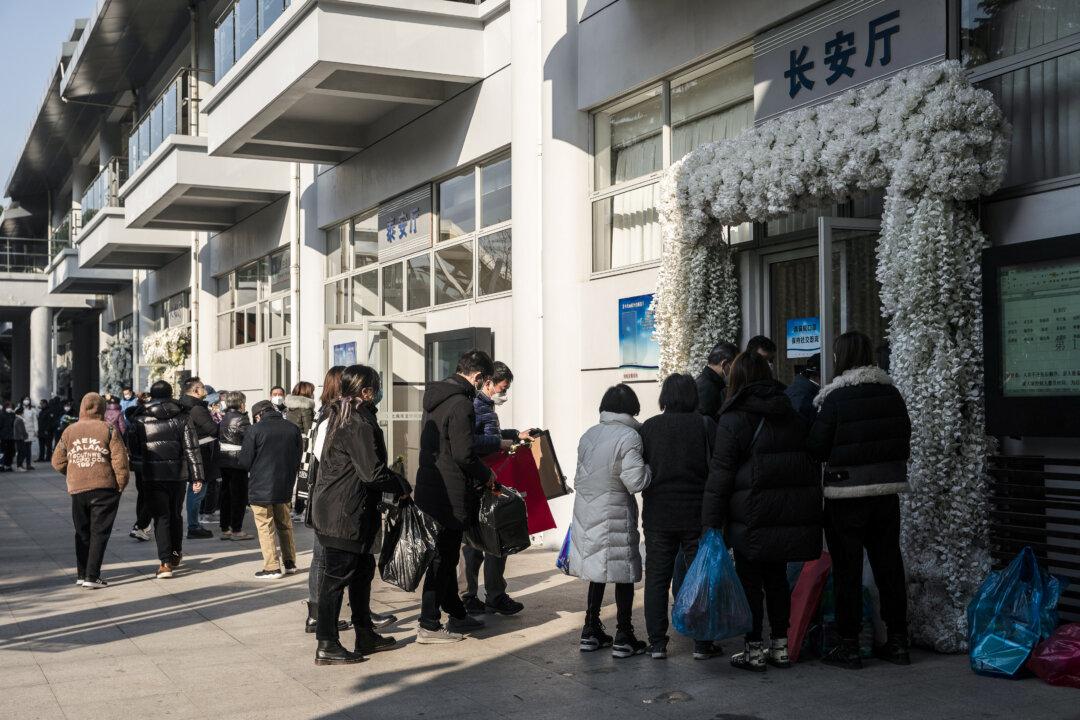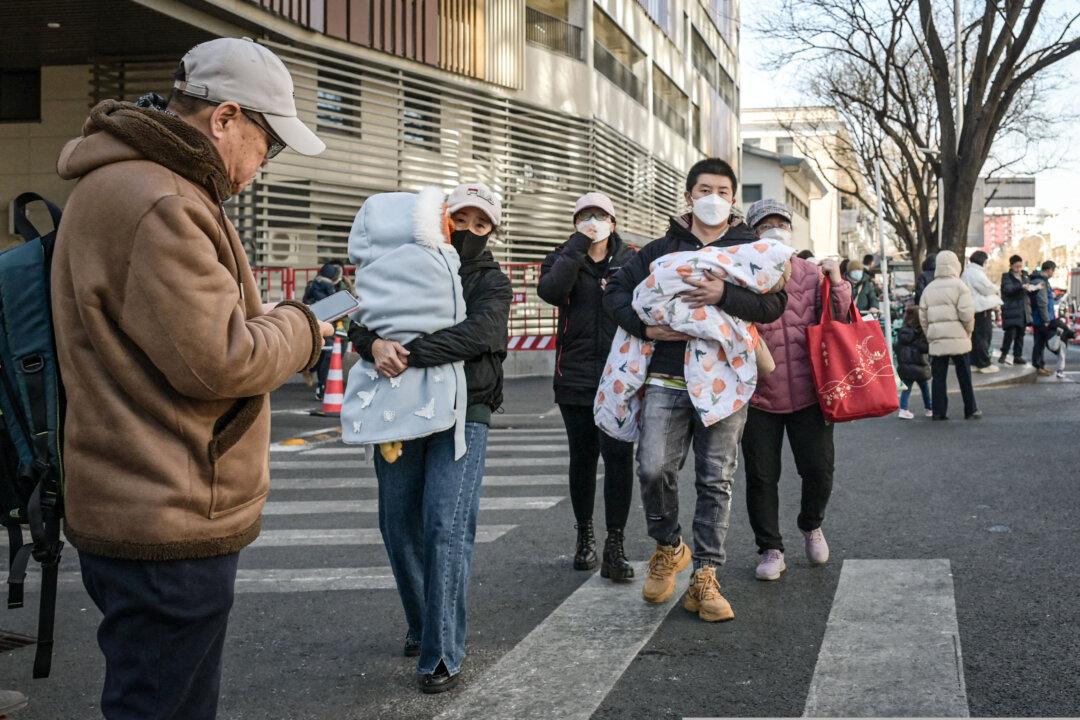Tiananmen Square—China’s political center and a symbol of the communist regime’s power—has been placed under strict lockdown as a COVID-19 outbreak hits Beijing.
Chinese authorities have tightened control measures in the capital as per its official “Zero-COVID” policy, with nine city districts being included in the lockdown orders.
The Beijing Tiananmen District Management Committee announced via its website on May 24 that Tiananmen Square would be closed from May 25 to June 15 as part of anti-COVID measures. This is the first time Tiananmen Square has been locked down because of the COVID-19 pandemic.
Authorities also announced that starting on May 24, control measures would be upgraded in nine city districts, including Chaoyang, Haidian, Fengtai, Shijingshan, Tongzhou, Shunyi, Changping, Fangshan, and Mentougou.
In these districts, all residents are restricted from free movement and are ordered to work from home until May 28.
The order affects 11.8 million people among the 21.88 million total residents of Beijing.
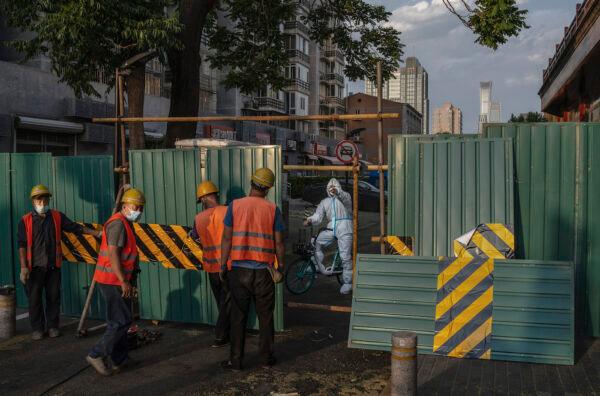
Beijing authorities had already locked down most areas in Chaoyang and Fengtai districts since May 5.
Residents have complained via social media about unannounced lockdowns in many areas.
All indoor retail, cultural, entertainment, and sports-related venues are all temporarily closed during the time, as are outdoor parks, offline training institutions, welfare institutions, and nursing homes. Residential communities and commercial buildings have likewise been shut.
Couriers and deliveries, including food, aren’t allowed to enter residential communities in the districts, which has resulted in mass complaints from citizens.
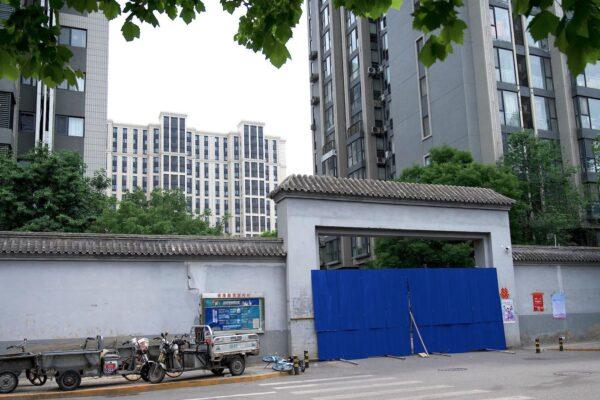
According to official numbers released by authorities, from May 23 to May 24, there were 71 new COVID-19 cases reported in Beijing. Since April 22, a total of 1,591 cases have been reported in the city, involving 15 districts.
“I don’t know if the official data is true or not,” a Beijing resident surnamed Li told The Epoch Times. “Anyway, this time, Beijing [its lockdown and control] is stricter than Shanghai.”
In recent days, it’s been reported in Beijing that the doors of residential buildings have been welded shut and that thousands of residents have been forcefully transferred from their homes to centralized isolation facilities.
The Epoch Times obtained a video showing the entrance of a residential building in Beidatun of Chaoyang district being welded shut because of a case of COVID-19 found among its residents.
Gao Rui, a resident who lives near Jingliang Road in Changyang town of Fangshan district, told The Epoch Times that tens of thousands of people live in the 10-plus communities in the area.
“There is not a single COVID case in our communities, and it is still being locked down, which is very unreasonable,” Gao said.
They had already been under lockdown for five days prior to May 23. Authorities hadn’t provided residents with food or supplies, and they could only get supplies by buying them online when possible.
Affected citizens have complained about the new control measures via Chinese social media website Weibo.
“Why do they prohibit delivery and takeout from low-risk areas from entering the residential community?” one citizen asked in a Weibo post.
“Some communities are old and have no elevator. There are elderly people living alone at home. How would they get food [without delivery]?” another citizen posted.
“Delivery and couriers are not allowed to enter the community, and residents have to gather at the entrance to pick up their deliveries, [so the authorities] have created mass gathering,” a third citizen said.
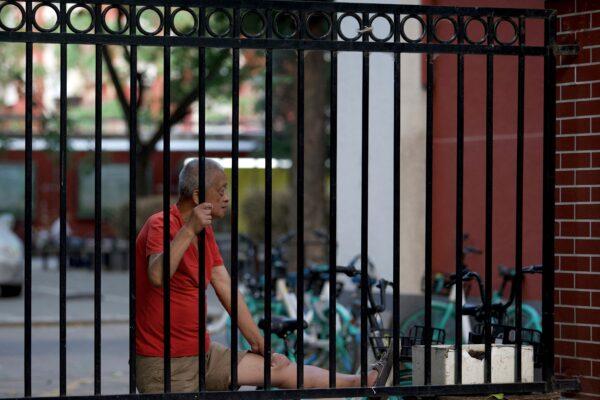
At least six rounds of COVID-19 nucleic acid testing have been done for all residents in 14 of the city’s 16 districts so far.
Virologist Chang Rongshan said there’s a risk of cross-infection when residents go downstairs to line up for nucleic acid testing. He said the regime’s goal of clearing the city of COVID-19 by June is “frankly impossible,” as the number of daily new infections is rising.
It has likewise disrupted the global supply chain and further affected China’s main exporting destinations—the U.S. and European markets, Yan said.
